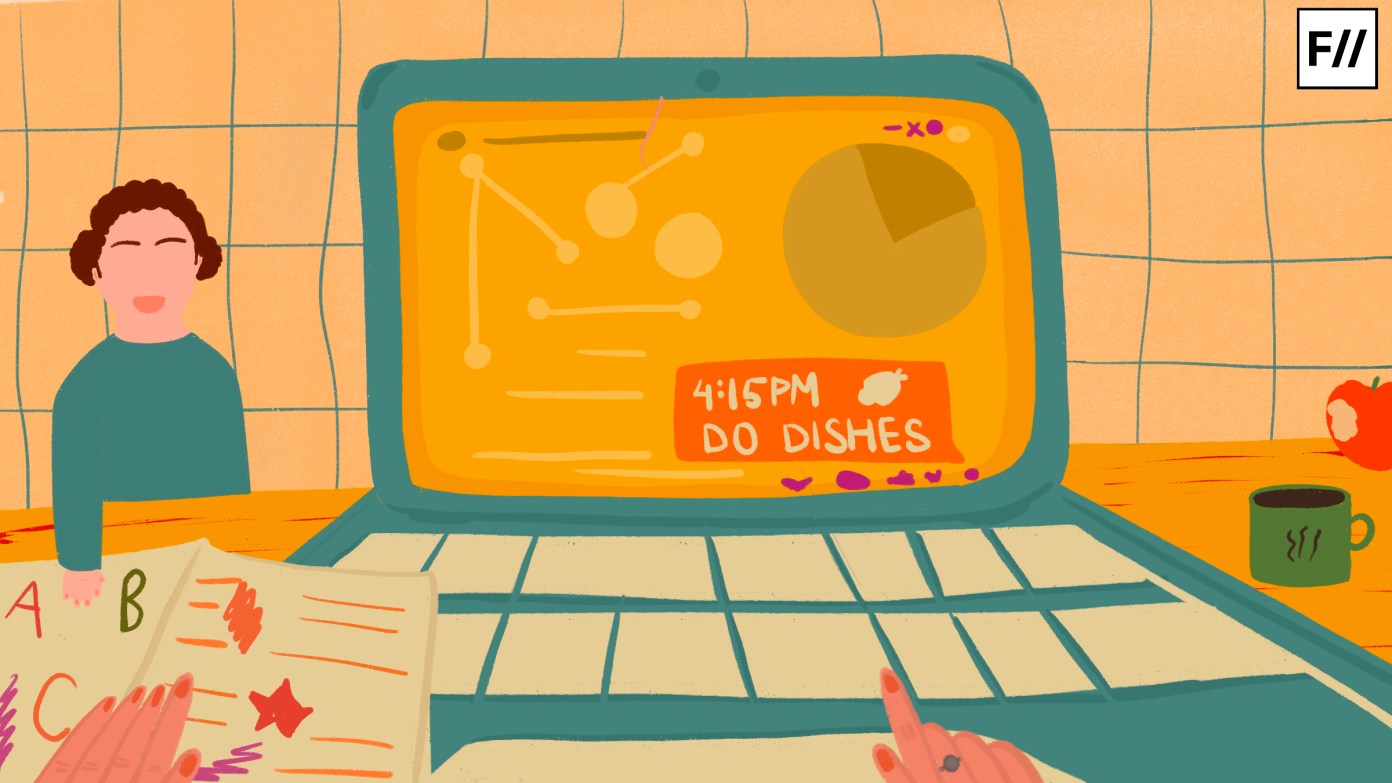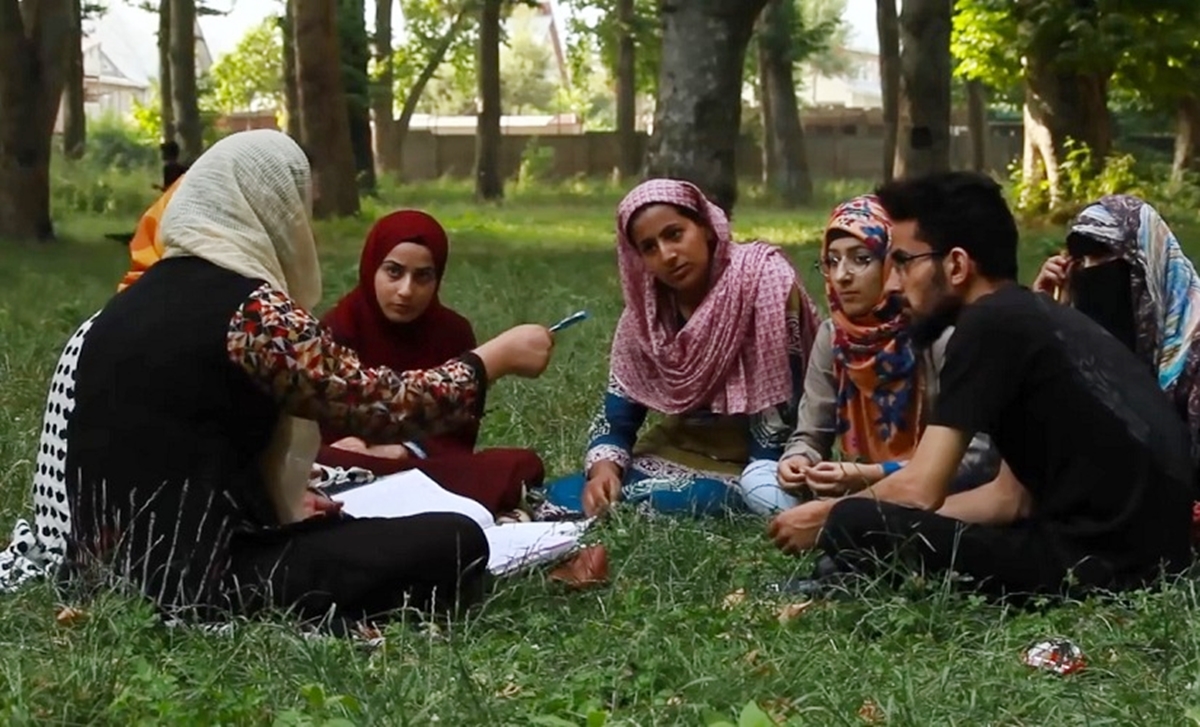Posted by Dua Subzwari The sound of tear gas shells being fired, people screaming with fear, and an agitated crowd:…
Login to Read!
This content is restricted to site members. If you are an existing user, please log in below. Or you can can create an account here.

